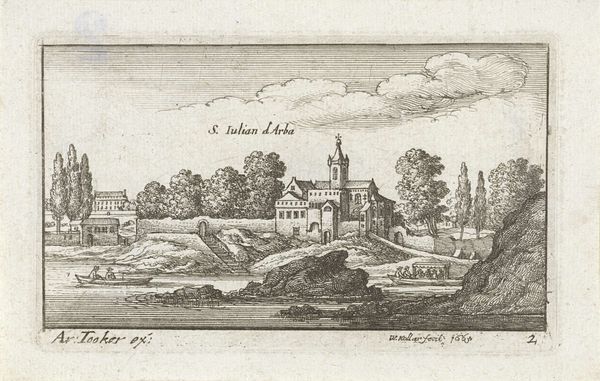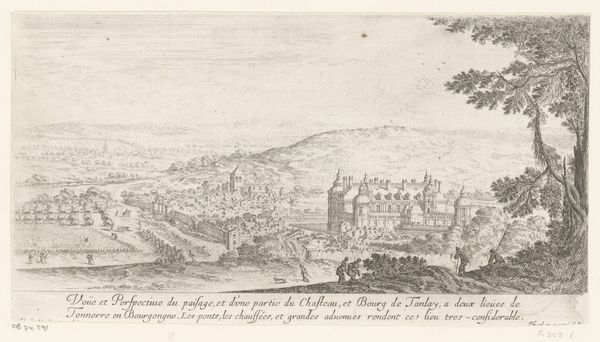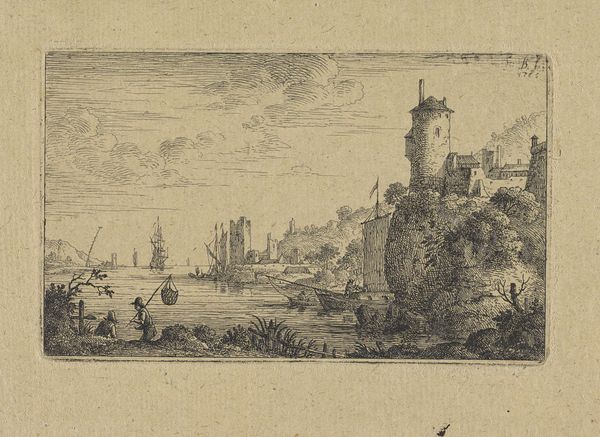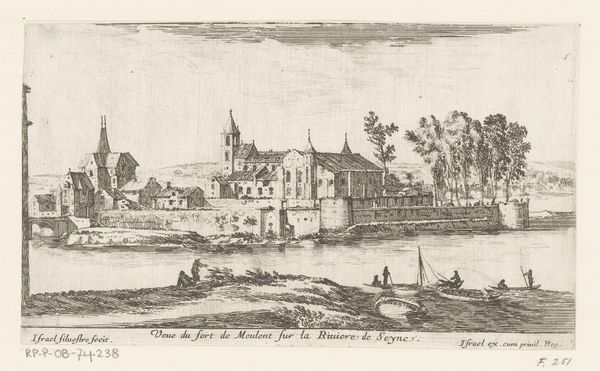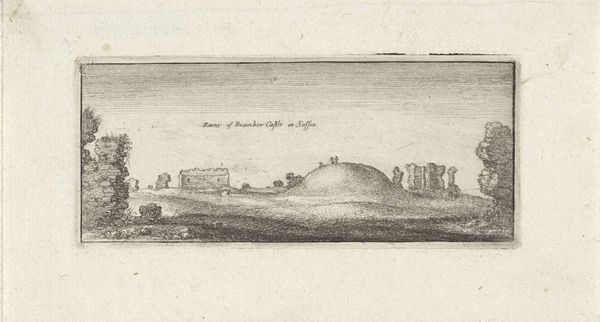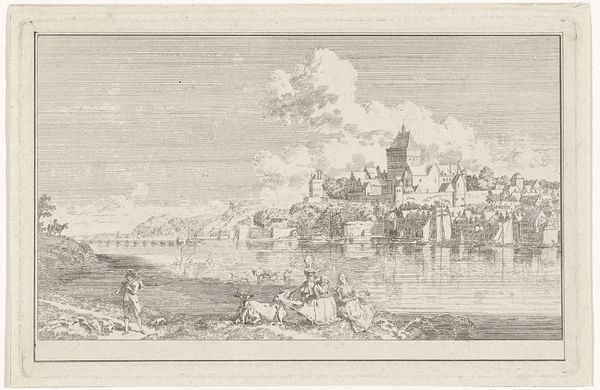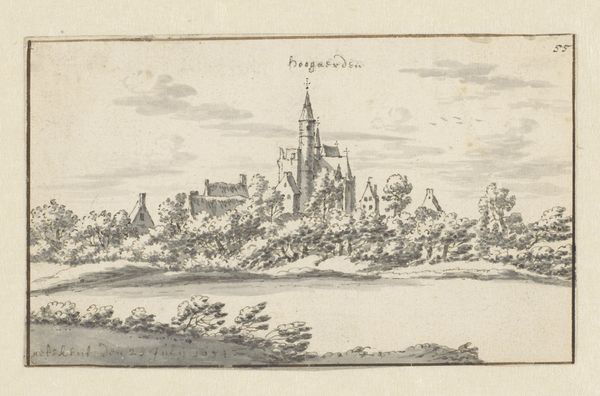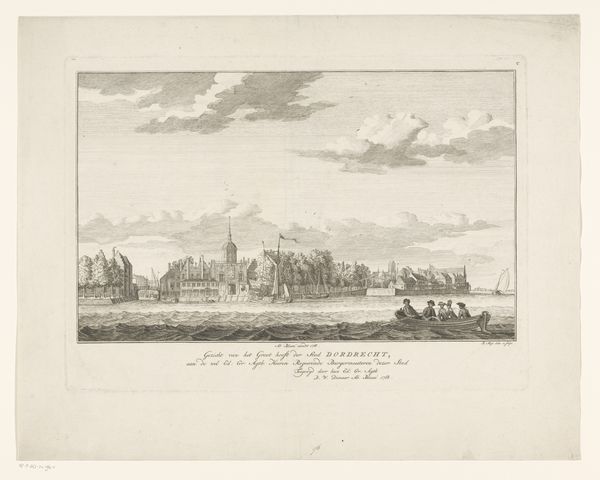
print, engraving
#
baroque
# print
#
landscape
#
cityscape
#
engraving
Dimensions: height 59 mm, width 98 mm
Copyright: Rijks Museum: Open Domain
Editor: Here we have Wenceslaus Hollar’s "View of the Sea at St. Juliano d'Arba" from 1666, created as an engraving. It’s a remarkably detailed cityscape, though somewhat bleak in its presentation. What catches your eye when you look at it? Curator: I see a dance of enduring symbols. Consider the city itself: often, throughout history, a representation of order, civilization, but also potential decay. Then the sea, a space of the unknown, of journeys and peril, life and death. Hollar juxtaposes the stability of the architecture with the instability of the ocean, highlighting a recurring theme. Do you notice the cross atop the central building? Editor: Yes, the church, so what might that represent here? Curator: Consider the role of the church within that binary: Is it a beacon of hope against the 'sea' of uncertainty, or is it a static, unchanging structure dwarfed by the vastness surrounding it? Churches are common subjects, as the church was often the center of social life during this time. Editor: That's a perspective I hadn’t considered. The starkness of the engraving medium also reinforces that feeling of uncertainty, somehow. Curator: Precisely. The lines create shadows and highlights that contribute to the overall mood. But, what of the people? Are they present? What stories are hinted at by their inclusion, or their absence? Editor: I do see a few tiny figures walking on the path. Maybe they are going to or from the town? Curator: They could be. Or are they wanderers? Perhaps returning from their journey to the open water, and are now heading towards the more stable city structures. Every inclusion and exclusion carries symbolic weight. Editor: This really sheds new light on how even seemingly straightforward landscapes can carry profound layers of meaning. Thank you. Curator: Indeed. It reminds us that even what seems purely representational is laden with cultural and psychological echoes. The image continues to resonate, prompting us to consider the weight of cultural symbols within it, and within ourselves.
Comments
No comments
Be the first to comment and join the conversation on the ultimate creative platform.
